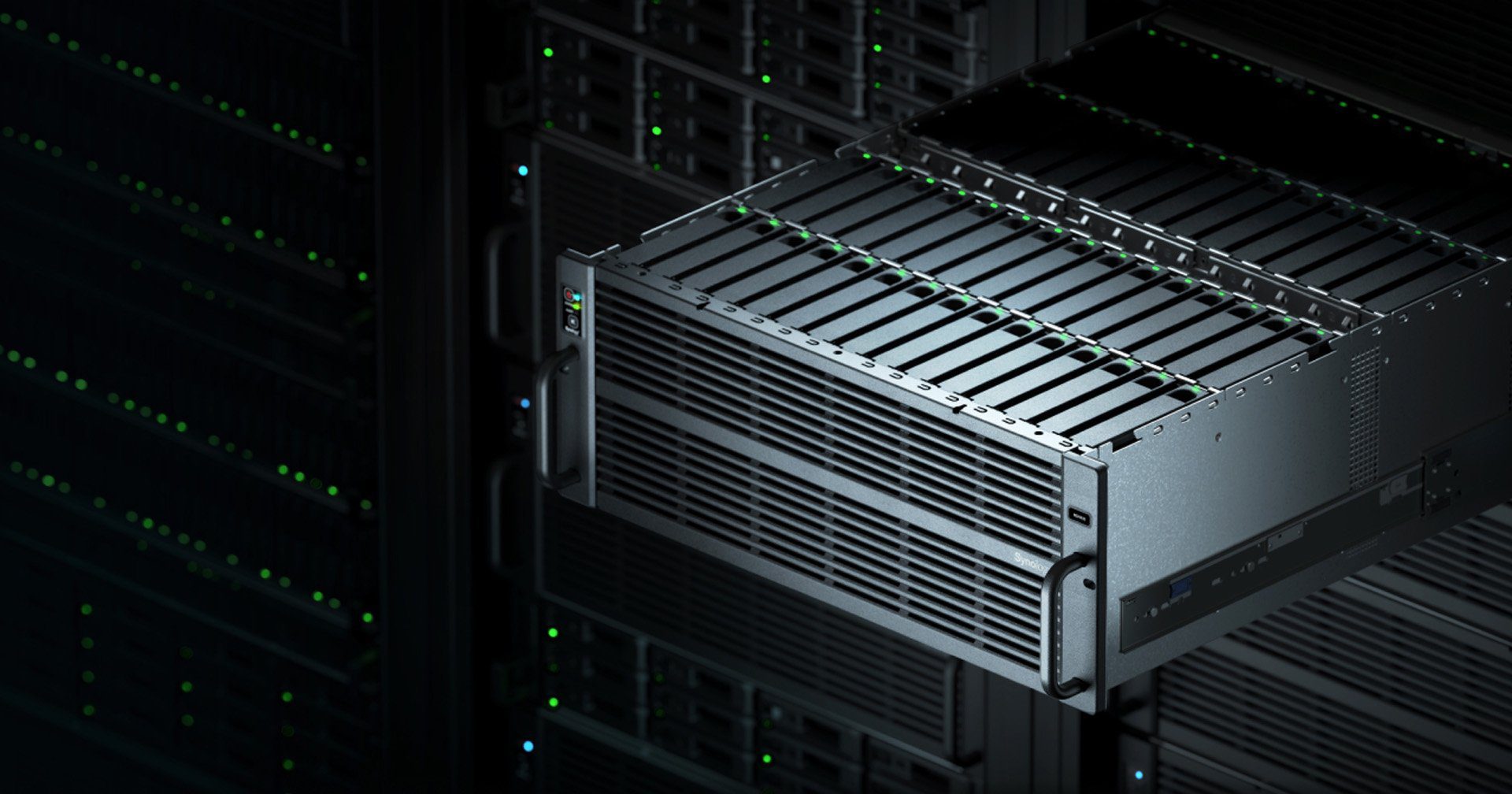Automation is an indispensable part of modern storage and production facilities. From automated robot placement to automated item picking, warehouses are becoming more digital and autonomous than ever. Of course, it is crucial for the success of logistics processes that the automated processes run smoothly. To do this, it is desirable to have all the data about the infrastructure in one place. How do you deal with that? You definitely want to have three key aspects of automation in your monitoring overview.
systems in a warehouse
Before you start automating your warehouse or production, it is important to understand what hardware and systems are common for automated processes:
- Information Technology (IT): These are your basic network devices and systems, including firewalls, switches, routers, printers, etc.
- Warehousing Systems: Specialty software for managing a warehouse, including inventory management, supply chain management, and warehouse control systems.
- Operational Technology (OT): Hardware and software used to monitor and control industrial environments, including specialized equipment such as programmable logic controllers (PLCs), industrial PCs, machines and automated vehicles, as well as SCADA systems and distributed control systems.
While they may be interconnected (think of a warehouse management system running on the IT network, for example), each area operates separately. This poses a challenge for teams who want to verify that the warehouse as a whole is working properly. So you want a holistic view of everything visible in your monitoring dashboards: from inventory to your printers.
- Programmable logic controllers (PLC)
A PLC used in logistics typically performs tasks based on information received from warehouse management systems (or other management systems). They are an integral part of the automation in a warehouse, such as automatic picking systems or conveyor belt movements. And that is why knowing their status is paramount to ensure the proper operation of a warehouse. Therefore, use a controller type that helps with this and provides the ability to communicate using a proprietary protocol built into gateways.
- Condition monitoring in warehouses
As in the industrial environment, machines and motors also play an important role in warehouse automation. Think of motors on conveyor belts or automatic picking robots. And – just like in production – monitoring the health of machines is essential to ensure effective maintenance keeps them running without unnecessary downtime. Essentially, condition monitoring consists of measuring data about the machines, typically using IIoT sensors, and then comparing that data to historical trends and other data to predict when a machine will need servicing.
There are systems that exist specifically for condition monitoring. Integrating their data into your monitoring dashboard takes you one step closer to creating a single dashboard of all monitoring data.
- wireless network
Warehouse automation relies heavily on a network for communication – and modern warehouses often use wireless networks. And of course it is important for automation that these networks are operational. First and foremost, you can monitor the wireless network infrastructure itself (e.g. routers, switches, endpoints, etc.) using common functions such as SNMP or REST APIs.
The overall goal, of course, is to bring all your surveillance data together in one system like PRTG, where you put everything in a single view. This allows you to quickly see the health of your IT network and components critical to automation processes in one place, and set thresholds to trigger alerts and notifications when something isn’t working. Ultimately, IT decision-makers from the warehouse or production world who get involved will benefit from this.
With the transparency of all information in one system, you manage the entire end-to-end process via the following functions:
- Dashboarding
- Self-definable alarm levels
- escalation options
- report
This is a submitted post by Wilco Ravestein, Country Manager Benelux at Paessler, Here More information about the company’s solutions can be found here.













